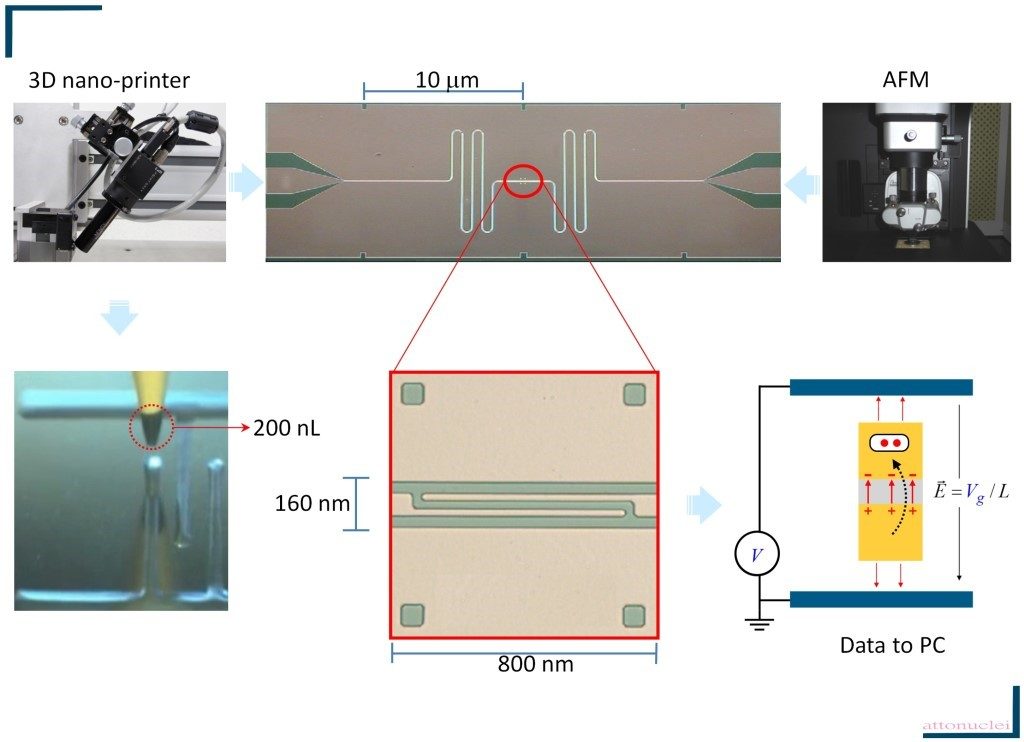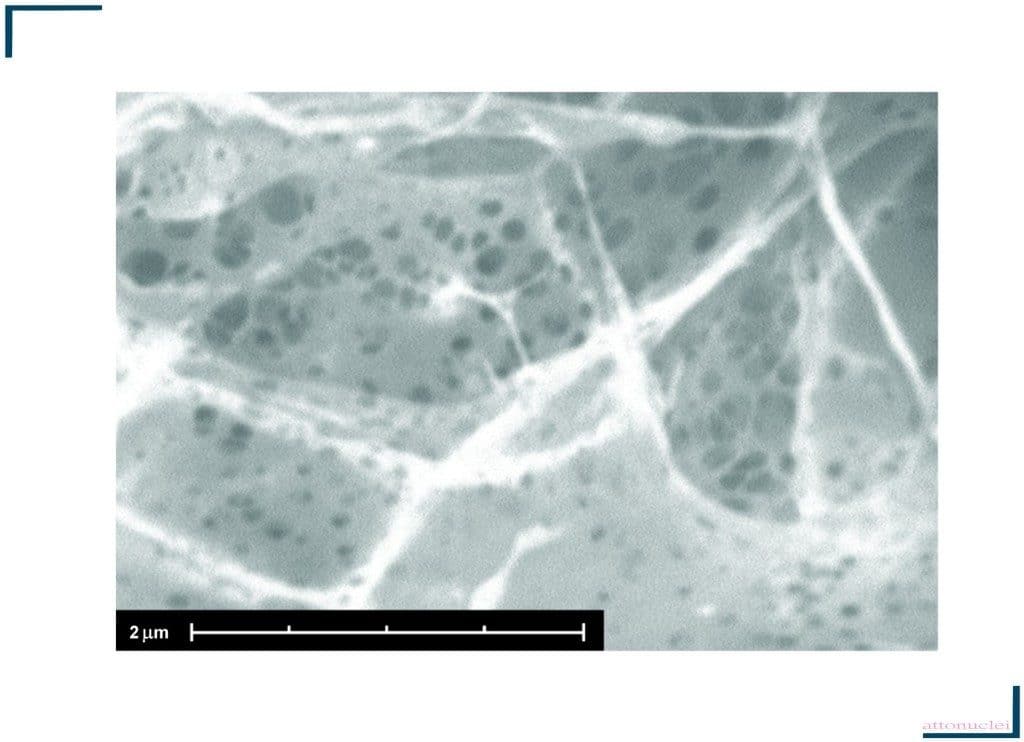The new high-end technological strategy moves from a “Bottom-Up” approach, where the new atomic scale mechanism is made, designed, molded and unified together, leads to a transversal approach, where the new mechanism emerges from an interaction of our goals and the biological inventiveness of the living forms.
Parallely, we find the term, “Nanotechnology” is introduced and defined as the art and science of manipulating matter from Bottom-Up approach at the atomic scale and holds the promise of providing significant improvements in high technologies.
The chemistry scientist Richard Smalley, who has received a Nobel Prize, has published many works about the importance of biotechnology and its influence in society. He considers this era as the convergence of the information and nanobiotechnologies technologies and their impact in society, called “nanobiotechnological-information age”.
Actually and under our knowledge, no other life form on earth uses other life forms to the extent that humans do, but, in what amounts to an evolutionary leap, we will be able to systematically and technologically mix together the living components of species to create entirely new forms of live structures.
Also, we will use these live structures by end-user atomizer-spray-nano printing technologies to provide a whole host of parts and ingredients for humans who require new or rejuvenated nano-biotechnological substances and systems within their bodies.
As the first-world leader in “custom quantum dots”, ATTONUCLEI has actually focused to working in the nano-biotechnology is based upon the idea that living structures can be reorganized and influenced through biophysics and scientific know-how on the custumized quantum dots, hopefully toward desirable ends.
The combination of nanomaterial sciences with the life sciences, as well as information technology, has created knowledge and materials obtained from living organisms to synergise a further integration of design concepts or constructs (biomimetics) to materials processing and to end products (smart biotechnologic systems).
This new high-end technological design strategy moves from a Bottom-Up approach, where the new atomic scale quantum dots mechanism is made, designed, molded and unified together, to a partnership approach, where the new systems emerges from an interaction of our goals and the biological inventiveness of the living forms.
Consequently, ATTONUCLEI’s the nano-biotechnological perspective is a current and very high-end approach to understanding the future and stimulates the philosophy of mind.
In fact, the self-assembly of custom quantum dots have helped to create a new efficient method to design/create new nanomaterials in medical applications. Since the bioactive species penetrations are really weak, they can be associated to nanostructures to help them to reinforce their effectiveness.

Therefore, the nanofonctionalisation of the drugs is a high promising administration technology, meaning the vectorized drugs create an important growth of the interfacial areas and transportation properties.
The optimal actual existing formulation’s utilization with structures comes from the matter engineering and requires a better comprehension of the signaling networks by the Quantum dots involved in the skin pathology and senescence.
Actually we synthesize all the functionalized quantum dots by the modelized wet synthesis controlling in an electron level reactions (10-18 meters), therefore, the basic building block of living cells (10-9 meters), will be reinvented through custom quantum dots based nanobiotechnology.
Indeed, through various nano-electronical implants and by the intra dermal diffused swichable smart care substrats the skin could be periodically rejuvenated and remade.
For example, if we functionalize ~3 nm diameter cerium oxyde core quantum dots with densely packed and highly oriented nucleic acids, they become biostable. Also, once dispersed in cytosolic medium have been penetrate the epidermal barrier of human skin, enter keratinocytes, and efficiently down-regulate gene targets.
Today, the inherent complexity of large and vascular tissues makes it difficult to develop a tissue engineering strategy that can effectively induce the native skin regeneration.
For tomorrow, ATTONUCLEI can design printable functionalized quantum dots bioinks to provide not only biochemical elements but also some physical support for subsequent layers.
For example, a 3D matrix structure can be achieved with adipose derived stem cells (ADSC) in a mixture of blood plasma and sodium alginate. The final structure was then hardened by atomizing the functionalized calcium chloride quantum dots like colloids. Therefore, we can stack two arrays of spatially organized endothelial colony-forming cells and ADSC using a bioink composed of fibrinogen and hyaluronic acid. Each layer of array was wetted in or atomized with thrombin solution, resulting in a stable construct made of fibrin.*

Therefore, the printable functionalized quantum dots bioinks can be supplemented with nanostructured material.
Indeed, this high resolution quantum dots based cross-linking technique was applied to the printed 3D hydrogel layer to cross-link the hydrogel scaffold in a layer-by-layer fashion, rendering the construction of engineered 3D tissue with flexibility in drop-on-demand generation of high-end-user definable microscopic tissue architecture.
Actually, we are working for fully controlling this method in various nanobio-engineering applications, including multilayered printing of human skin cells directly onto a nonplanar poly(dimethylsiloxane) substrate.
Yes, as understood by changing the game’s motives towards better and smart solutions, as ATTONUCLEI is working today for a better tomorrow.